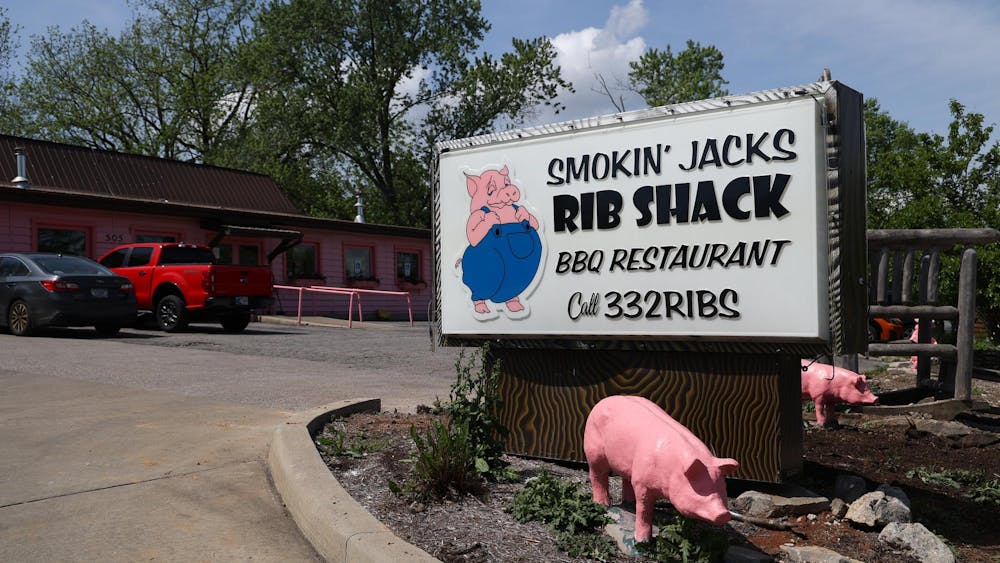PAWTUCKET, R.I. -- When Jessica Evans returned to Rhode Island after college to pursue a career in printmaking, she imagined opening a studio on Providence's popular Wickenden Street, where cafes hug the sidewalk, art galleries are plentiful and tourists wander in and out of antique stores.\nBut space there was out of her price range. So after shopping around, Evans was lured five miles upriver to Pawtucket, a gritty industrial town that's slowly attracting artists as its old mills are being converted into upscale lofts and affordable studios.\n"I loved the idea of being in an old beautiful building," said Evans, 27, describing her nearly 2,000-square-foot studio space as affordable, accessible and safe. "Where Providence has galleries, shops and the Rhode Island School of Design, Pawtucket is where artists are actually working."\nMany factors are contributing to Pawtucket's renaissance, including tax laws friendly to artists, its proximity to Providence and the interstate, low rent and an abundance of abandoned or partly used mill complexes that are perfect for artists seeking lots of space and natural light.\nEvans' workspace is surrounded by other artists who have set up shop.\n"It makes for a very interesting creative community," she said. "I had no idea this town was full of sculptures, painters, you name it."\nIt's also full of developers, such as Ranne Warner, who are helping build a lively arts community on top of Pawtucket's industrial past.\nWarner, a Boston-based Harvard Business School graduate, bought the old Lebanon Mill Co. facility on the east bank of the Blackstone River for $550,000 last year. She's pumping $14 million in renovations into the 104,000-square-foot complex. By April, 60 residential and work lofts will have been carved out of the historical building and renamed Riverfront Lofts. Already half of them have been sold.\nWarner's lofts are being sold as condominiums ranging from $150,000 to about $450,000 and they're attracting buyers from California, Colorado, Boston and the local area.\nof the buildings aren't conducive to current manufacturing needs. This is a way to easily convert the buildings for use."\nIn 1790, mills began to spring up along the Blackstone's banks as entrepreneurs saw how its surging waters could generate power to weave cotton into cloth or pound iron into tools. The first water-powered mill was built in Pawtucket, described by some as the birthplace of the American Industrial Revolution.\nA 10.5-acre downtown district comprising seven buildings and a bridge was added last year to the National Register of Historic Places, a designation that brings the possibility of federal tax credits for owners who refurbish buildings for income-producing purposes.\nWarner, a Harvard Business School graduate, said she found it tough at first to find financing for her mill conversion project.\n"It was very difficult to find a bank that believed in Pawtucket," she said.\nBut the National Register designation helped, as did interest from buyers and the prospect of restaurants, shops and other venues popping up around the old mill.\nThe Pawtucket arts district includes industrial buildings used as commercial and living space. U.S. Rep. Patrick Kennedy has his office in one of the converted complexes. There's also a high school and 107-year-old armory, which is being converted into a performing arts center.\n"It's a space for artists who've already made it," Evans said.\nEvans, who lives in Providence but is on the board of directors at the Pawtucket Arts Collaborative, said the higher-end properties are necessary to bring investors who will demand better restaurants and other entertainment.\n"At the same time, if every single mill building went that way in Pawtucket, you wouldn't have artists living here," she said.\nCassidy, the town's director of planning, said bringing artists into the city has two goals: The artists produce local goods, and they buy from local dealers.\n"They're not simply a recent graduate from RISD, getting some space and sculpting away. These are people with businesses or business goals. They're adding to the economy," Cassidy said. He made comparisons to New York City's SoHo and Tribeca districts, which transformed those downtown areas from old factory buildings to upscale shopping, arts and living districts.\nUnder a 1998 bill approved by the General Assembly, artists who live and work in Pawtucket's arts district pay no state income tax on one-of-a-kind and limited-production items made and sold in the district, and buyers pay no sales tax. Three other Rhode Island cities -- Providence, Woonsocket and Westerly -- have the same tax break districts.\nPawtucket also has invested in improving infrastructure, promoting arts festivals and redeveloping the visitors' center to attract more tourists.\nThe gritty underbelly of the town is still apparent in many of the large brick and granite buildings, some partly shuttered. But with only nine square miles, the city is compact enough so small changes make a big impact.\n"We're an overnight success that only took us 20 years," Cassidy said.
Town experiences art renaissance
Get stories like this in your inbox
Subscribe





